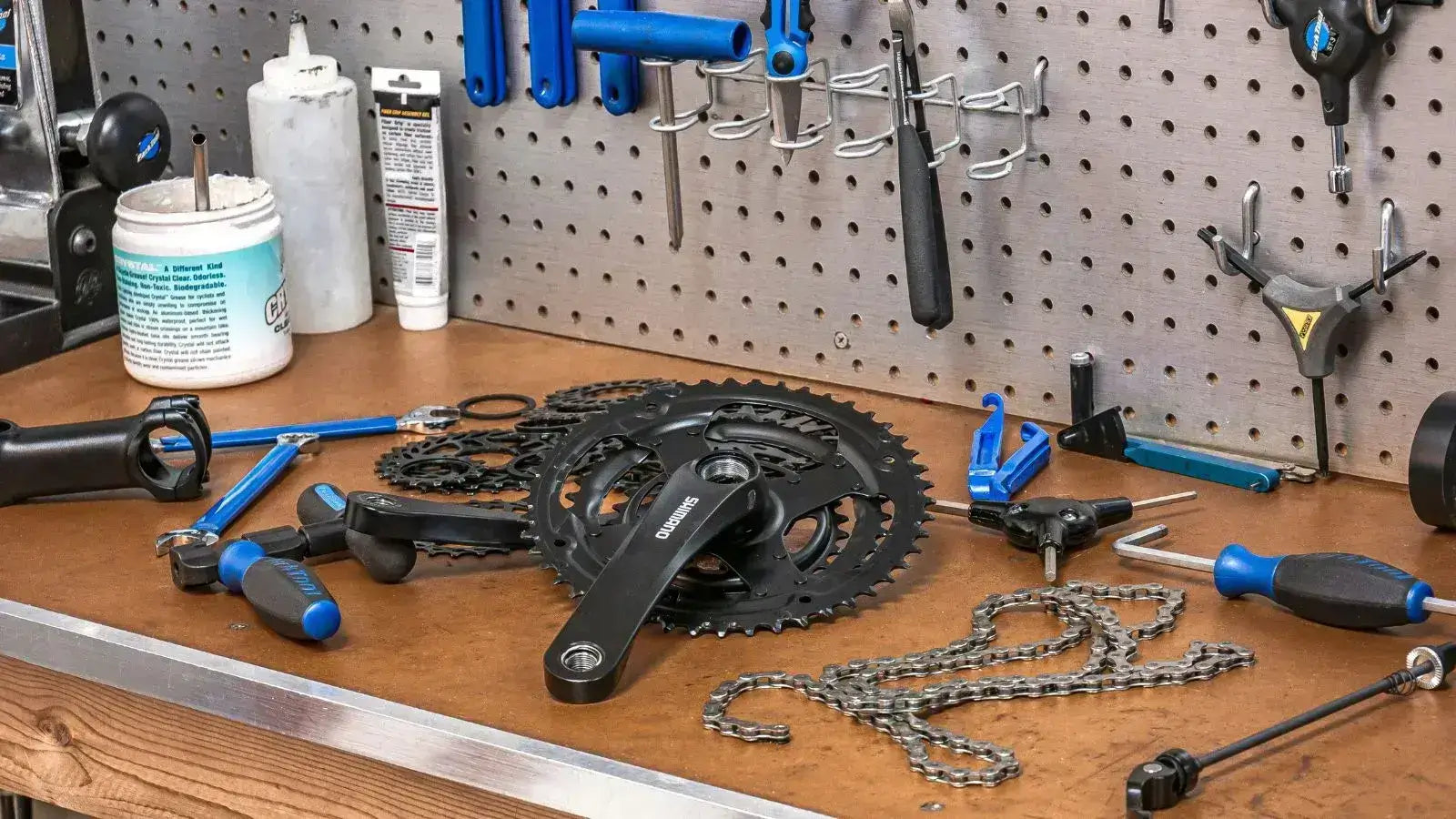
Electric Bikes Accessories vs Parts: Key Differences
You've just unboxed your new electric bike. The excitement is real, and you're ready to ride, but then you enter the huge world of upgrades, add-ons, and replacements. You see terms like "parts" and "accessories" used everywhere, often mixed up. This can be confusing, but understanding the difference is one of the most important things a new owner can learn.
The difference is simple but important. Electric bike parts are the basic components needed for the bike to work. If a part is missing or broken, your e-bike won't work properly. Electric bike accessories are extra add-ons that make your riding experience better by adding comfort, usefulness, style, or safety. The bike works perfectly without them, but these extras can make your rides much more enjoyable. This difference matters for warranty, installation, and cost, which we will look at in detail.
The Core of Your Ride
Electric bike parts are the nuts and bolts—the working foundation of your machine. They are built into the e-bike's structure, power system, and electrical parts. When a part fails, the main function of the bike stops working, and it needs repair or replacement to be ridden safely. These aren't items you add for fun; they are items you replace because you have to due to wear, damage, or breakdown.
We can group these important parts into four main types:
- The E-System: This is what makes your bike "electric." It includes the battery, the motor (hub or mid-drive), the controller (the bike's brain), and the display or throttle that lets you control the power.
- The drivetrain moves power from your pedaling (and the motor) to the rear wheel. This includes the chain, cassette or freewheel, derailleur, and shifters.
- The Frame & Fork: This is the skeleton of your e-bike. The frame is the main structure, and the fork holds the front wheel and connects it to the handlebars.
- The braking system keeps you safe when you need to stop. They include the brake levers on your handlebars, the calipers that clamp down, the rotors (on disc brakes), and the brake pads that create friction.
Enhancing Your Experience
If parts are the necessities, electric bike accessories are the improvements. These are all the items you choose to add to your e-bike to make it better suited to your specific needs. They are about making it yours, improving comfort, increasing usefulness, and boosting safety. Your bike will ride just fine without any of them, but with the right accessories, it changes from a standard e-bike into your e-bike.
We can group accessories based on what they do:
- For Safety: While your bike has brakes, extra safety gear is an accessory. This includes helmets, bright clothing, powerful aftermarket lights, horns, and mirrors. Always make sure safety items like helmets meet official standards, as recommended by the CPSC guidelines on bicycle safety.
- For usefulness: These accessories help you carry things and make your bike more practical. Popular examples are front or rear cargo racks, baskets, pannier bags for commuting or touring, phone mounts for navigation, and water bottle cages.
- For Comfort: Long rides are more fun with comfort-focused accessories. This includes upgraded comfortable saddles, shock-absorbing suspension seatposts, and comfortable handlebar grips that reduce wrist strain.
- For security: An e-bike is a valuable purchase, so security accessories are important for protecting it. This means high-quality locks like U-locks or heavy-duty chain locks, and for extra peace of mind, GPS trackers.
A Part or Accessory?
Here is where it gets tricky. The line between a part and an accessory can blur, and the difference often comes down to one thing: intent. Are you replacing a broken component to restore original function, or are you upgrading a working component to make performance or comfort better?
Let's look at a few examples to show this gray area.
-
Example 1: The Saddle. Every bike comes with a saddle; it's a required part, and you can't ride without it. However, that stock saddle might not be comfortable for you on longer rides. When you buy a premium, comfortable memory foam saddle to replace the perfectly working stock one, that new saddle is an accessory. You bought it to make your comfort better, not to fix a broken bike.
-
Example 2: The Pedals. Your e-bike came with basic, flat plastic pedals that work fine. But if you are a mountain biker who wants more grip, you might buy a set of metal pedals with sharp pins. Or, if you are a road cyclist, you might install clipless pedals for better power transfer. In both cases, these new pedals are accessories chosen to upgrade performance based on your riding style.
-
Example 3: The Lights. Many e-bikes come with basic, battery-powered lights or at least reflectors that are considered standard parts. But if you plan to ride on unlit trails at night, you might invest in a powerful, 1000-lumen, USB-rechargeable lighting system. This high-performance system is an accessory that greatly improves your ability and safety beyond the baseline.
We've seen this firsthand when we first got our commuter e-bike. The stock grips were functional but led to wrist pain on rides longer than 30 minutes. We replaced them with comfortable grips that have a wider, winged platform for palm support. The original grips were a part; the new comfortable grips were a deliberate accessory upgrade to solve a specific comfort problem.

Why This Matters
Understanding this difference isn't just an academic exercise; it has big real-world effects for every e-bike owner. It affects your wallet, your bike's warranty, and your safety.
Warranty and Insurance
This is probably the most important reason to know the difference. E-bike manufacturers provide a warranty that covers problems in their original parts. If you replace a core electrical part, like the controller or battery, with a third-party component not approved by the manufacturer, you will almost certainly void your entire electrical system warranty. However, adding an accessory like a rack or a new saddle typically has no effect on the warranty. Similarly, some specific e-bike insurance policies may have different coverage rules for failures caused by unapproved part changes versus theft of an accessory.
Installation and Skills
Accessories are generally designed for easy, user-friendly installation that most people can handle. A phone mount, a basket, or a water bottle cage can usually be installed in minutes with simple tools, if any. Parts are a different story and often require special skills and tools. Replacing a drivetrain component like a cassette or a bottom bracket requires special tools and mechanical knowledge. Attempting to replace an electrical part like a motor or controller without proper training is not only difficult but can be dangerous, potentially leading to electrical shorts or system failure.
Cost and Budgeting
Thinking in terms of parts and accessories helps with money planning. The cost of replacing parts due to wear and tear (like brake pads, chains, and tires) is a necessary, ongoing maintenance expense you should budget for. A replacement brake pad set (part) might cost $20, and you need it to keep riding safely. In contrast, the cost of accessories is a choice upgrade expense that you control. You choose to spend this money to improve your experience, like a premium suspension seatpost (accessory) that could be $150 or more. Separating these two categories helps you prioritize spending.
Sourcing and Compatibility
Sourcing parts can be complex because core electrical and frame parts are often brand- and model-specific. You can't use just any controller or battery; you need the exact one designed for your bike. This is especially true for batteries, where using an uncertified, incompatible replacement poses a serious safety risk, and there is growing awareness around e-bike battery safety and certification for this very reason. Accessories, on the other hand, are often universal, meaning most pannier bags will fit most racks, and most phone mounts will fit most handlebars. This gives you far more options when shopping for accessories.
To make it simple, here is a summary table:
| Feature | Electric Bike Parts | Electric Bike Accessories |
|---|---|---|
| Function | Essential for Operation | Enhances the Experience |
| Warranty | Replacement may void warranty | Usually no impact |
| Installation | Often complex, may need a pro | Usually simple, DIY-friendly |
| Cost | Necessary maintenance expense | Discretionary upgrade expense |
| Compatibility | Often model-specific | Often universal |
Ride Smarter
By now, the difference should be clear to you. Parts make your e-bike work, while accessories make your e-bike work for you. This knowledge helps you make smarter decisions as an owner. You can now confidently browse for add-ons without worrying about your warranty, budget for necessary repairs, and understand when a job is DIY-friendly versus when it's time to call a professional.
Knowing the difference between a replacement chain and an upgraded saddle is the foundation of responsible and enjoyable e-bike ownership. By understanding your bike's components, you're taking the first step towards proper e-bike maintenance and a long-lasting, enjoyable ride.
Frequently Asked Questions
Q: Can I install electric bike accessories myself, or do I need a professional?
A: Most electric bike accessories are designed for easy DIY installation and can be installed with basic tools in just a few minutes. Examples include phone mounts, water bottle cages, baskets, and lights. However, some accessories like complex lighting systems or heavy cargo racks might benefit from professional installation to ensure proper mounting and safety.
Q: Will adding accessories to my e-bike void the warranty?
A: Generally, adding accessories like racks, baskets, lights, or saddles will not void your e-bike warranty since they don't interfere with the core electrical or mechanical systems. However, replacing essential parts like the battery, motor, or controller with non-approved components will likely void your warranty. Always check your specific warranty terms before making changes.
Q: What's the difference between replacing a broken part and upgrading a working part?
A: Replacing a broken part is a necessary repair to restore your bike's basic function - this is considered parts replacement. Upgrading a working part to improve performance, comfort, or style is considered an accessory upgrade. For example, replacing a broken brake pad is parts replacement, while upgrading to a more comfortable saddle is an accessory upgrade.
Q: Are electric bike parts universal, or do I need specific ones for my bike model?
A: Electric bike parts, especially electrical components like batteries, motors, and controllers, are usually brand and model-specific. You need the exact part designed for your bike to ensure compatibility and safety. Accessories, however, are often universal - most racks, baskets, and mounts will fit most bikes regardless of brand.
Q: How should I budget for electric bike parts versus accessories?
A: Budget for parts as necessary maintenance expenses - items like brake pads, chains, and tires will wear out and need replacement for safe operation. Budget for accessories as optional upgrade expenses based on your riding needs and preferences. Parts replacement is usually less expensive but essential, while accessories can be more costly but are entirely your choice.






























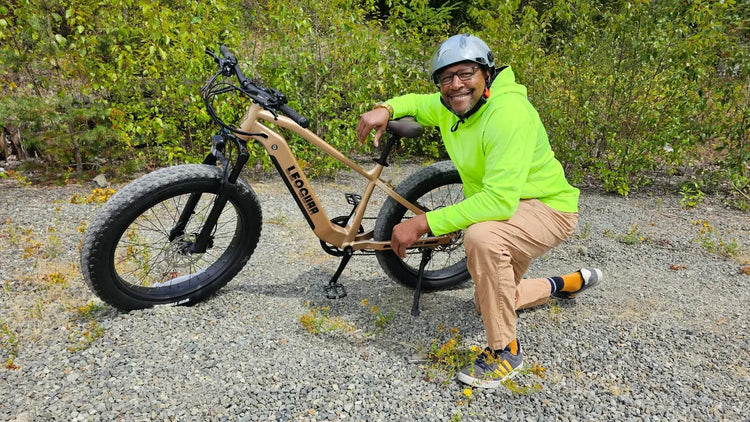
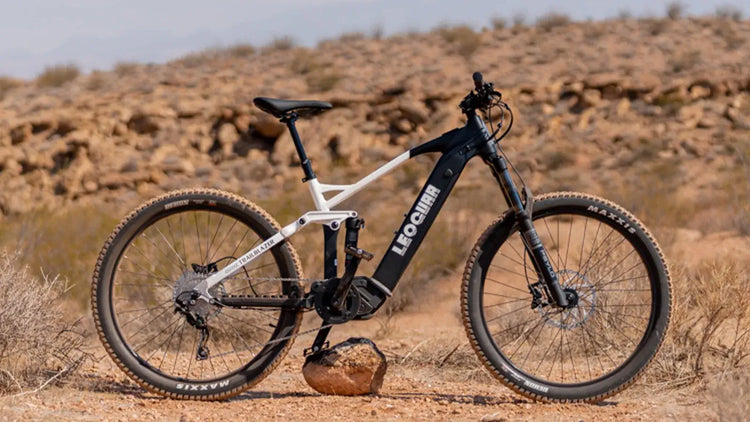
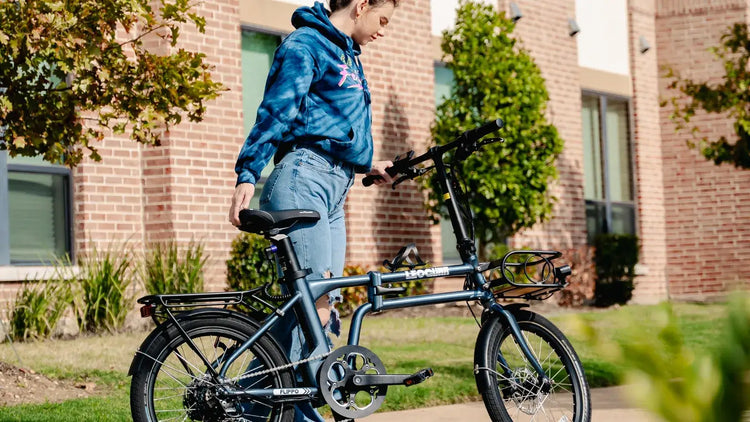


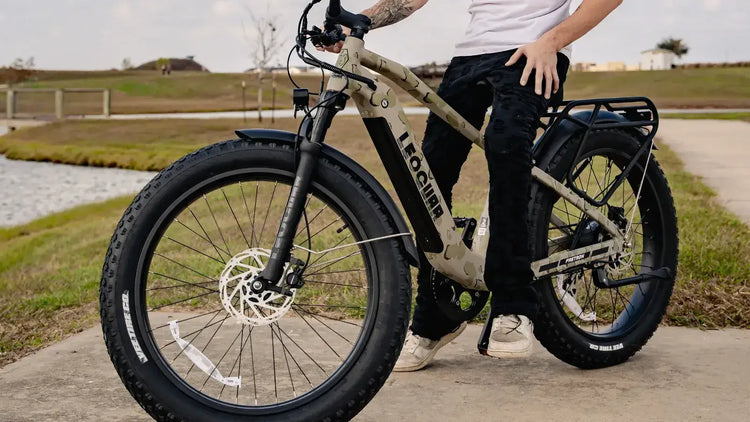


Leave a comment